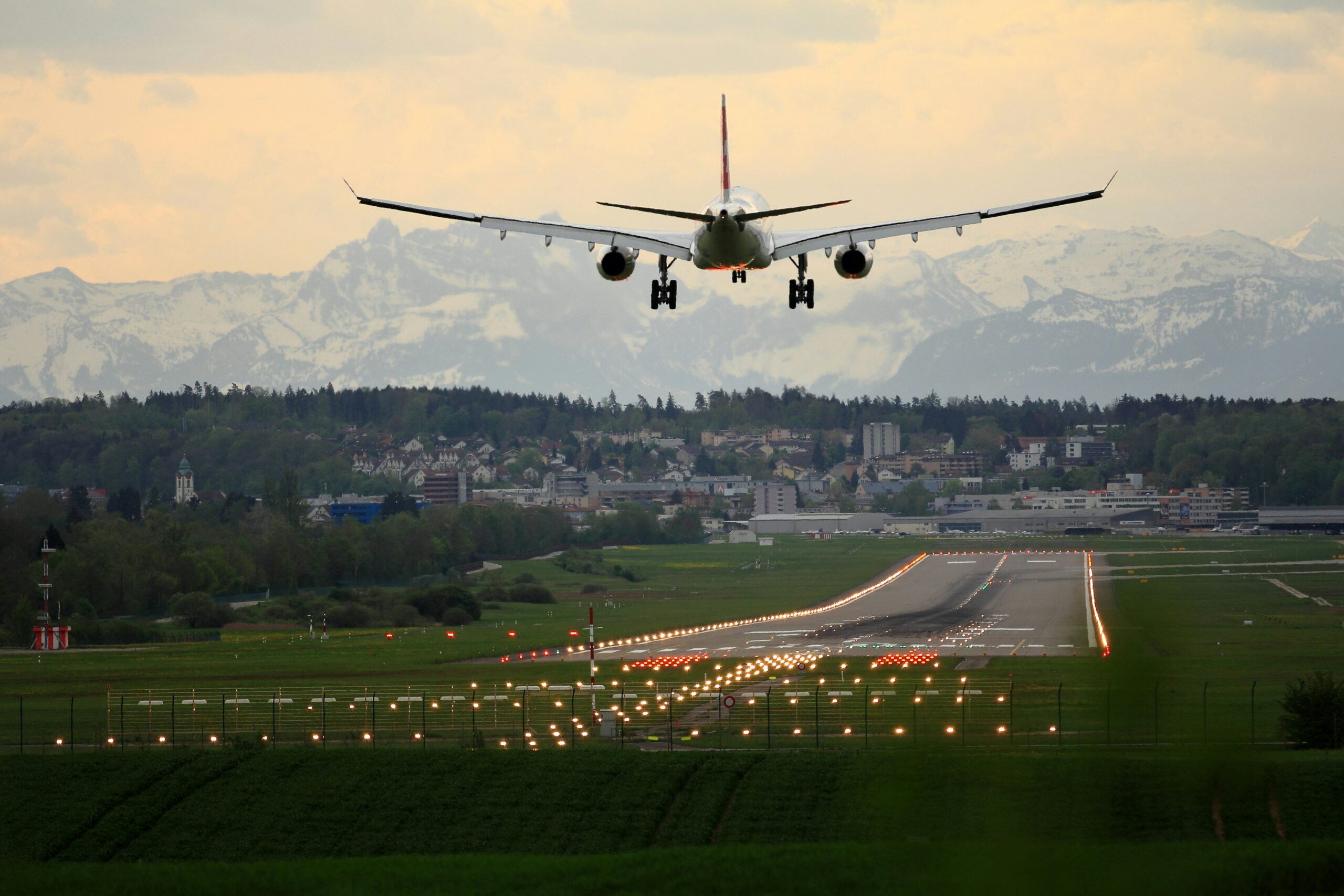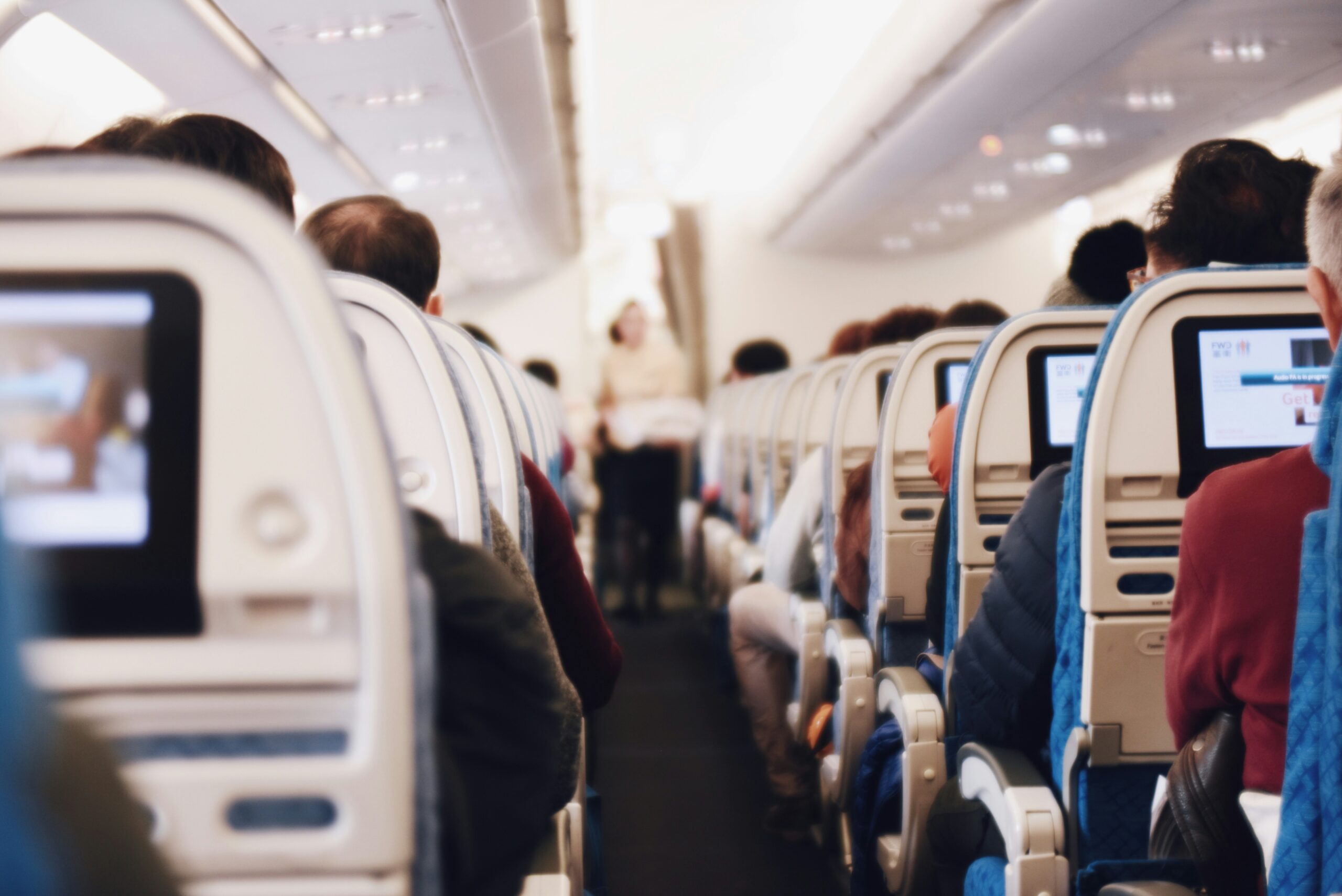INTRODUCTION
Travel is changing fast and 2026 is shaping up to be a year of radically different habits, expectations, and opportunities for Americans. From shifting airfare patterns to new booking behaviors and the rise of off-peak adventures, travelers are navigating a landscape defined by smarter planning, flexible deals, and a renewed focus on value.
In this guide, we break down the 10 new rules every U.S. traveler should know to make the most of 2026. Whether you’re looking to save money, avoid crowds, or discover emerging destinations, these insights will help you travel better all year long.
KEY TAKEAWAYS
Low-cost long-haul carriers are setting the new price floor for international travel in 2026.
Gateway flexibility remains the #1 money-saving strategy for U.S. travelers.
AI-driven fare changes are causing deal windows to shrink dramatically.
Domestic midweek and red-eye departures offer the most consistent value.
Secondary airports and personal-item-only travel are becoming mainstream tactics.
INTERNATIONAL TRAVEL TRENDS

1. Low-Cost Long-Haul Sets the New Baseline
In 2026, budget airlines aren’t just cheap alternatives; they’re defining the price floor across the Atlantic and beyond. Norse and French Bee continue expanding aggressively, while traditional carriers quietly match those fares with “basic” products stripped of flexibility.
Average low cost carrier fares from the U.S. to Europe have held around $550–$650 roundtrip, with premium carriers adjusting economy pricing closer to that range during off-peak windows. This shift makes it clear: “low-cost” is now the market, not the niche.
2. Gateway Flexibility Is the Ultimate Advantage
The data shows that airports like EWR, JFK, BOS, ORD, and LAX continue producing the majority of the cheapest outbound international fares. Savvy travelers are “gateway hopping” by taking a short, low-cost domestic flight to start their long-haul journey elsewhere and saving hundreds.
I’ve personally flown from Salt Lake City to New York, stayed with my grandparents, and then booked a $390 roundtrip flight to Paris out of NYC. That kind of gateway hop easily saved hundreds of dollars on a single trip
This strategy is becoming a standard part of travel planning, especially for flexible travelers booking multi-destination trips.
3. Baggage and Seat Fees Drive True Trip Cost
Even as base fares hold steady, ancillary fees continue climbing on checked bag and seat selection. In 2025, U.S. airlines earned over $7 billion in baggage revenue, a figure expected to rise again in 2026. Travelers are adapting by embracing “personal-item-only” travel, renting gear locally, and maximizing credit card perks to offset fees.
4. The ‘Offseason’ Is Gone (Value Is Year-Round)
Remote work and flexible schedules have flattened travel seasonality. Airfare gaps between summer and fall are shrinking, and secondary European and Asian cities are seeing sustained demand. Dollar Flight Club’s deal data shows destinations like Tirana, Sicily, and Malta offering strong value nearly year-round.
5. AI Is Compressing Deal Windows
Dynamic pricing powered by AI is changing how fast deals appear and disappear. Airlines can adjust fares multiple times a day, while consumers use AI deal finders to predict and book when fares dip. Deals that used to linger for days now vanish within hours.
DOMESTIC TRAVEL TRENDS

1. Peak Prices Are Stickier but Midweek Still Wins
Domestic airfares continue to surge around weekends and holidays, with post-pandemic demand stabilizing at higher baselines. But there’s still room to save: midweek departures (Tues/Wed/Sat) and first-out or red-eye flights routinely price 10–20% lower than peak Friday/Sunday times.
2. Secondary Airports Are the Sleepers
Smaller hubs like BWI, OAK, and MDW are producing some of the steepest discounts, thanks to low cost carrier competition and route reshuffles. Travelers who are willing to drive an extra hour or two often save hundreds on domestic and short-haul flights.
3. Fees and Fare Math Are Getting Trickier
Within the U.S., basic economy fares look tempting but often lose value after adding carry-ons and seat selection. DFC data shows that roughly 20% of ‘cheapest’ domestic itineraries end up costing more once fees are included.
4. Short-Haul Stability, Long-Haul Volatility
Short domestic routes (under two hours) have stabilized, while long-haul and transcon routes remain volatile, especially around events and school breaks. New York–West Coast routes swing more than 20% week-to-week depending on seasonality and other factors.
5. Same-Day and Red-Eye Strategies Pay Off
Early morning and late-night flights are increasingly the best bargains for flexible travelers. These “shoulder” time slots have lower demand, and when paired with light packing, they minimize both fare and baggage cost exposure.
The Bottom Line for 2026 Travelers
Travel in 2026 will reward flexibility, speed, and awareness. Low-cost carriers are reshaping international pricing, AI is accelerating fare changes, and old assumptions about seasonality no longer apply. But for travelers who stay informed and who know where to look there’s still incredible value out there.
At Dollar Flight Club, we track thousands of fares every day to help members book the best deals before they disappear. If you want to save 60–90% on your next trip, join free and get alerts straight from your home airport.










